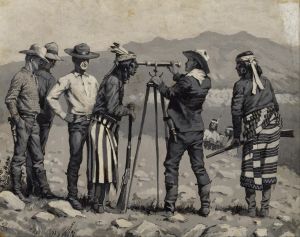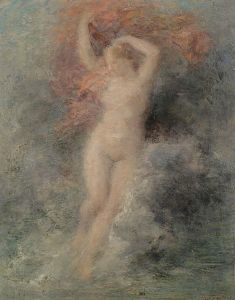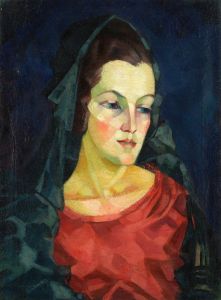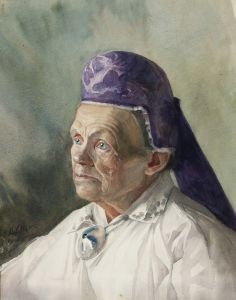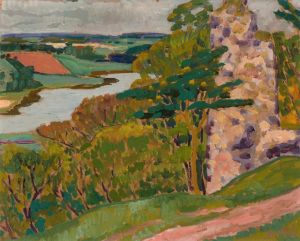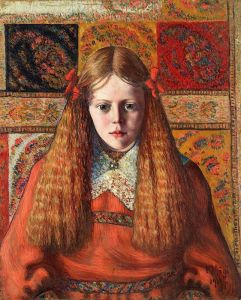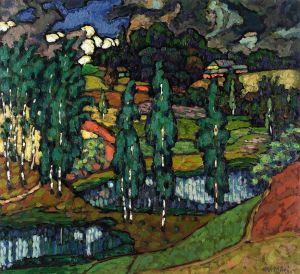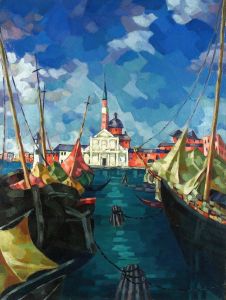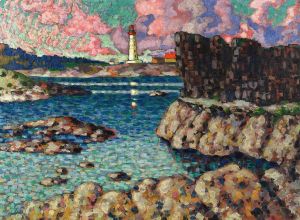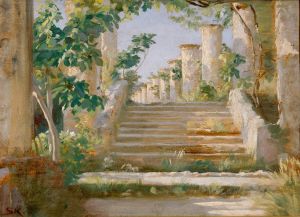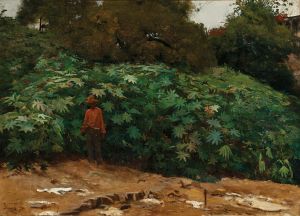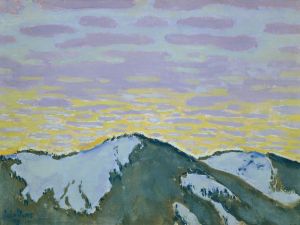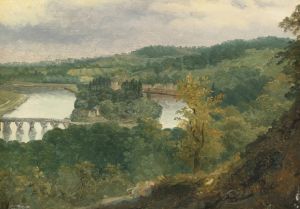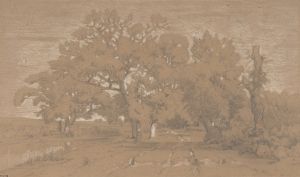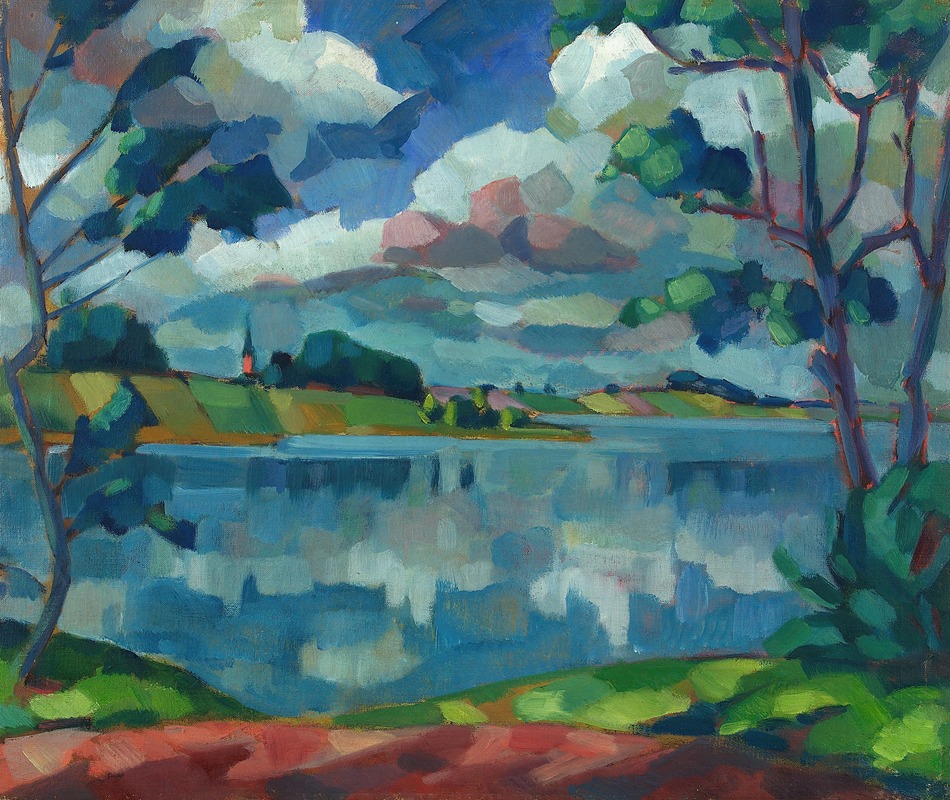
Saadjärv – Äksi kirik
A hand-painted replica of Konrad Mägi’s masterpiece Saadjärv – Äksi kirik, meticulously crafted by professional artists to capture the true essence of the original. Each piece is created with museum-quality canvas and rare mineral pigments, carefully painted by experienced artists with delicate brushstrokes and rich, layered colors to perfectly recreate the texture of the original artwork. Unlike machine-printed reproductions, this hand-painted version brings the painting to life, infused with the artist’s emotions and skill in every stroke. Whether for personal collection or home decoration, it instantly elevates the artistic atmosphere of any space.
Konrad Mägi was an Estonian painter known for his vibrant landscapes and unique use of color. His work is often associated with the early 20th-century art movements that emphasized expression and emotion through bold colors and dynamic compositions. One of his notable works is "Saadjärv – Äksi kirik," which translates to "Lake Saadjärv – Äksi Church."
Konrad Mägi was born on November 1, 1878, in the town of Hellenurme, Estonia. He studied art in various European cities, including Saint Petersburg and Paris, which influenced his style significantly. Mägi's work is characterized by its vivid color palette and expressive brushwork, often capturing the natural beauty of the Estonian landscape.
"Saadjärv – Äksi kirik" is a landscape painting that depicts the serene and picturesque scene of Lake Saadjärv with the Äksi Church in the background. Lake Saadjärv is located in Tartu County, Estonia, and is known for its natural beauty and tranquil surroundings. The Äksi Church, situated near the lake, is a historical building that adds a cultural and architectural element to the landscape.
In this painting, Mägi captures the essence of the Estonian landscape with his characteristic use of color and light. The painting showcases a harmonious blend of natural elements, with the lake's reflective waters, the lush greenery surrounding it, and the church standing as a testament to the region's cultural heritage. Mägi's use of color is particularly noteworthy, as he employs a rich palette to convey the mood and atmosphere of the scene.
Mägi's work often reflects his deep connection to the Estonian landscape and his ability to convey its beauty through his art. His paintings are celebrated for their emotional depth and the way they capture the essence of the natural world. "Saadjärv – Äksi kirik" is a prime example of Mägi's talent in portraying landscapes that are both visually striking and emotionally resonant.
Throughout his career, Mägi was influenced by various art movements, including Impressionism and Fauvism, which is evident in his use of color and form. His work has been exhibited in numerous galleries and museums, both in Estonia and internationally, and he is regarded as one of the most important figures in Estonian art history.
Konrad Mägi passed away on August 15, 1925, but his legacy lives on through his paintings, which continue to inspire and captivate audiences. "Saadjärv – Äksi kirik" remains a significant piece in his body of work, exemplifying his mastery of landscape painting and his ability to convey the beauty of Estonia's natural and cultural landscapes.
In summary, "Saadjärv – Äksi kirik" by Konrad Mägi is a landscape painting that captures the serene beauty of Lake Saadjärv and the historical Äksi Church. Mägi's use of color and composition reflects his deep connection to the Estonian landscape and his ability to convey its essence through his art. His work remains an important part of Estonia's cultural heritage and continues to be celebrated for its artistic and emotional impact.





